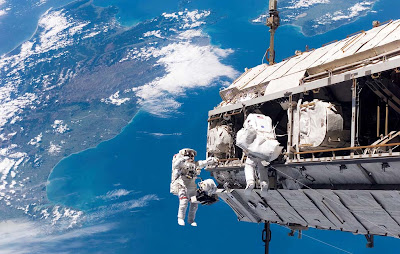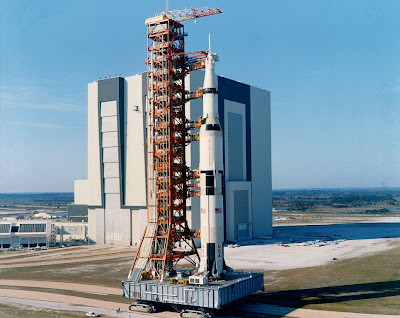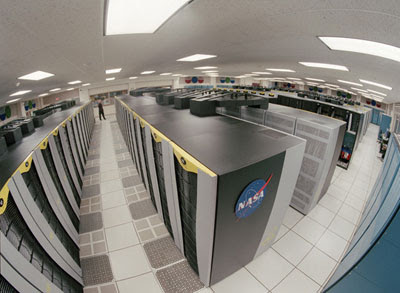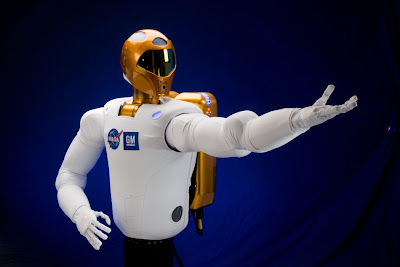
NASA is seeking proposals from educators who are looking for a unique way to inspire the next generation of explorers. Formal and informal education organizations can apply to host live interactive education downlinks with astronauts onboard the International Space Station.
Proposals are being accepted for downlink opportunities during space station missions scheduled for March to September 2012. The deadline to submit comprehensive proposals that target a large number of participants is December 21st.
During Expeditions 31 and 32, NASA crew members Don Pettit, Joseph Acaba and Sunita Williams will participate in the 20-minute downlink opportunities. Participants on Earth see and hear the crew members live from space, while the crew hears the questions but does not see the audience.
U.S. educational organizations such as school districts, museums, science centers, national and regional education organizations and local, state and federal government agencies are eligible to participate. NASA provides this opportunity at no charge to the host institution. NASA personnel will work with the organization to help plan the event.
Alternative Health News
Read More
Proposals are being accepted for downlink opportunities during space station missions scheduled for March to September 2012. The deadline to submit comprehensive proposals that target a large number of participants is December 21st.
During Expeditions 31 and 32, NASA crew members Don Pettit, Joseph Acaba and Sunita Williams will participate in the 20-minute downlink opportunities. Participants on Earth see and hear the crew members live from space, while the crew hears the questions but does not see the audience.
U.S. educational organizations such as school districts, museums, science centers, national and regional education organizations and local, state and federal government agencies are eligible to participate. NASA provides this opportunity at no charge to the host institution. NASA personnel will work with the organization to help plan the event.
Alternative Health News
Read More
















